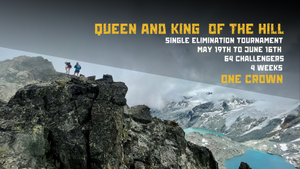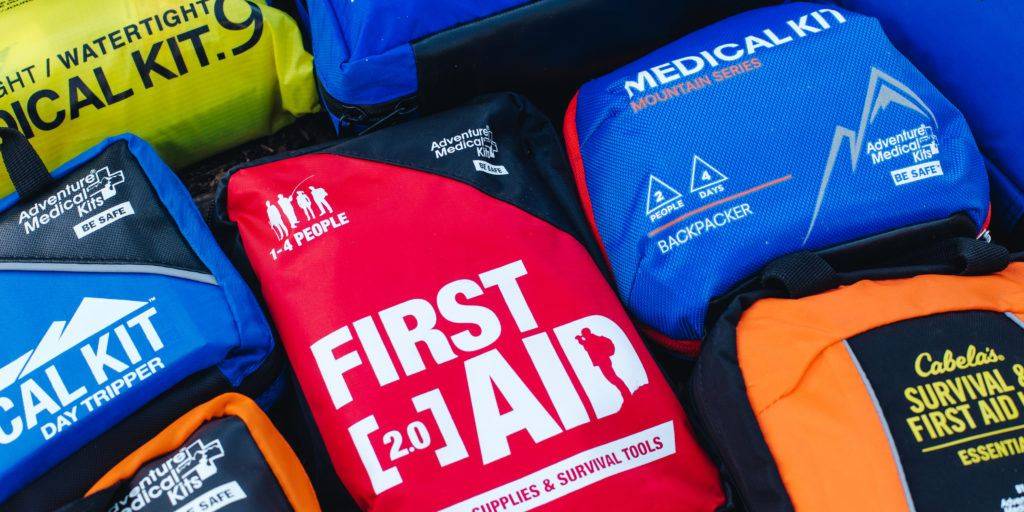Think prevention. Dave says you’re just as likely to suffer preventable injuries as you are trauma. Make sure you have water, food and protection from the elements. Try to anticipate problems like wet feet or sun exposure. Something as simple as a dry pair of socks or sunscreen and a hat can prevent a host of health issues.
Plan for each run. Every run poses a different hazard. If you want to keep your weight down but remain prepared, you probably won’t take exactly the same kit every time. Assess the hazards of your route, check the weather and change what you take with you.
What are your weaknesses? Are you prone to blisters? Take effective blister treatments you know work for you. Are you a tripper like Andrea? Maybe you want to use poles to avoid tripping. They can double as a splint if something goes wrong.
Consider gear that can serve double duty. Stuff like buffs, poles, jackets and shoe laces are all useful in an emergency. Hand sanitizer and gauze balls can double as fire starter. Consider how your favourite items might also be used for first aid.
Then consider your first aid supplies. You can’t improvise with things you expect will come into contact with wounds, bodily fluids or sources of infection. What you take is highly personal, but some basics can include:
- A few sterile wipes
- Antibacterial ointment, perhaps hand sanitizer
- A couple of simple sterile dressings (Telfa or gauze pads)
- A pair of nitrile gloves (especially if you could be treating other)
- A small amount of athletic or kinesiology tape
Don’t exceed your capabilities. There’s no point taking a suture kit if you don’t actually know how to use it. Bring supplies you’re familiar with.


